Mr Tsutomo Kodama, a self-taught chef as far as I can tell, opened this modern kaiseki restaurant in 2001. It is in a quiet side street in Roppongi, on the opposite side of the motorway that cuts through this district to the Roppongi Hills complex. You go up a flight of steep stairs from the street and the entrance is immediately on the left. Ten seats are arranged around an attractive lacquered wood counter, the chef working alone and preparing the dishes in front of the customers. Piano jazz music played quietly in the background. Incidentally, it is not to be confused with the restaurant of the same name in Hiroshima that was bafflingly awarded two stars when Michelin did their one-off guide to that city; as far as I can tell there is no connection.
The meal began with a turnip sauce with a soy-based jelly, with freshly grated yuzu zest. This tasted a lot better than it may sound, the yuzu really lifting the dish and the earthy turnip flavour nicely complemented by the soy. Any chef that can make a turnip taste interesting has some talent in my book (17/20).
This was followed by a warm dish of cabbage and shrimp with a piquant sauce. This was excellent, the prawns of high quality and the cabbage crisp, the sauce delicious and working really well with the other elements. In a distant way the sauce reminded me of the gloopy sauce served with okonomiyaki, which itself often features cabbage and sometimes shrimp. Of course here all the elements here were of vastly higher quality than you would find in an okonomiyaki bar, but perhaps this dish was a playful riff on that Japanese comfort food. Either way, it was delicious (18/20).
Next was tempura of wild mountain vegetables with a little sansho pepper (a relative of Sichuan pepper with a similar numbing effect in the mouth). The tempura was very delicate and the vegetables precisely cooked, the hint of spice providing an extra dimension to the dish (18/20). It was interesting that, when watching the chef prepare this, he was extremely careful in applying just the desired amount of sansho pepper evenly to the tempura pieces, and indeed each piece had uniform levels of spicing.
Crab with wasabi came with a soy-based jelly on a bed of crispy rice. The shellfish was superb, and the contrast of textures in the dish worked really well (18/20). This was followed by blowfish (fugu) soup. I am not a fan of fugu, a remarkably bland and bony fish whose principal attraction to the Japanese seems to be the debatable thrill that it may just kill you if it is not prepared properly. The soup had quite thick texture with a lot of umami, and the vegetables with the fish meant that there was at least some flavour. This was still hardly a thrilling dish, but was about as good a way of preparing fugu as I have tried.
Next was abalone with soba noodles and seaweed sauce, served in an abalone shell. There was also, and most unusually in a Japanese restaurant, a little home-made bread roll on the side to mop up the sauce. The abalone was terrific, one of the best I have ever tried, and the noodles had excellent texture (18/20). This was followed by cooked tuna cheek with spring vegetables, bamboo shoots and a touch of ginger. This was another successful dish, the bamboo shoots in particular having remarkably good flavour, the hint of ginger nicely working with the richness of the tuna (18/20). The savoury courses concluded with the traditional rice and pickles. This can often be an anticlimactic since there are limits to how exciting a bowl of plain rice can be. Here the chef felt free to deviate slightly from tradition and make a salmon rice, which was much more interesting.
The dessert stage of a Japanese meal can often be a bit challenging, and I usually hope for some of the sublime fruit that grows here. I didn't quite get my wish here, as dessert was strawberry mousse with tomato jelly. I think either of these things would be interesting on their own, but together it just seemed odd to me.
The bill came to ¥52,510 for two, which works out at £169 head. It was interesting to watch the chef preparing the dishes in front of us. Some Japanese chefs are chatty with their Japanese customers but Mr Kodama was very serious in his demeanour, his movements economical and precise. Certainly this attention to detail translated itself on to the plate, with dishes carefully balanced and very accurately seasoned. I really enjoyed this meal. It is a restaurant I knew little about before coming here, yet it was one of the best meals I have eaten in Tokyo, better than many of the three star places here, despite its current one star rating. The chef seems very aware of the traditions of kaiseki dining but has taken a more modern approach in his cooking, not sticking rigorously to the traditional sequence of dishes. This is all for the better, and his culinary technique is superb. I highly recommend Kodama to you.
















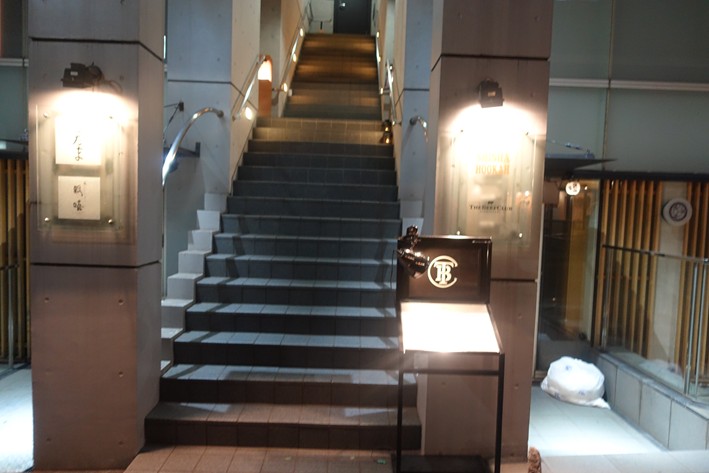

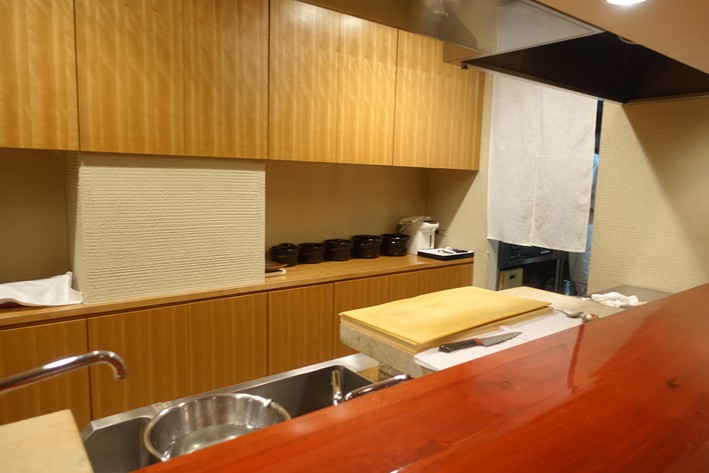
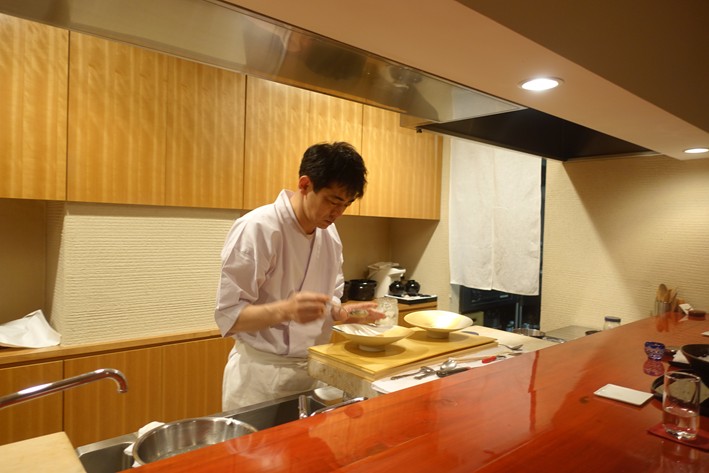
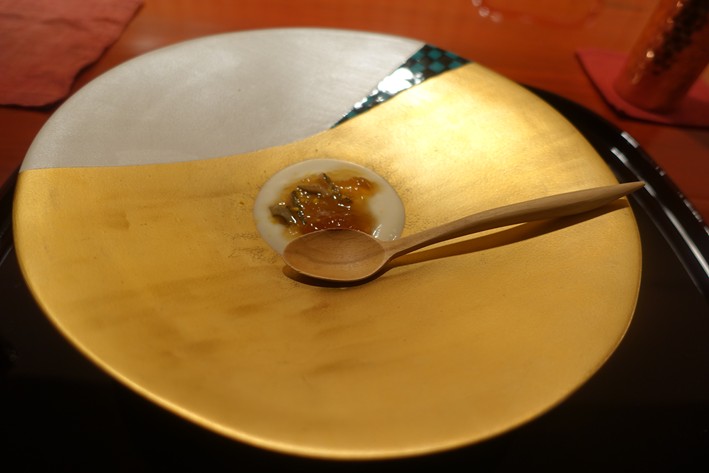


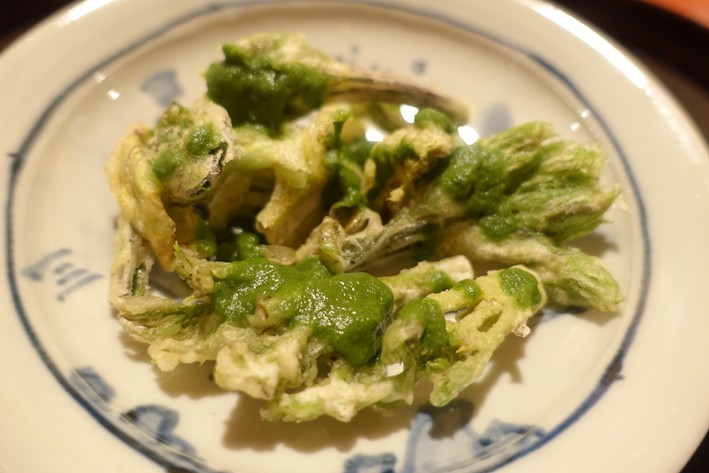

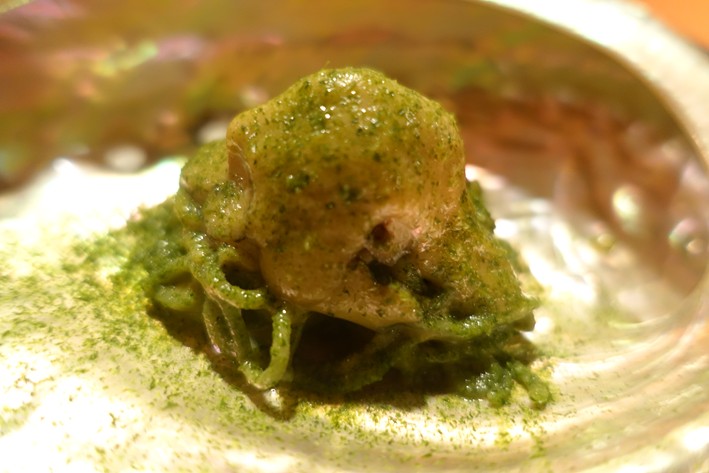
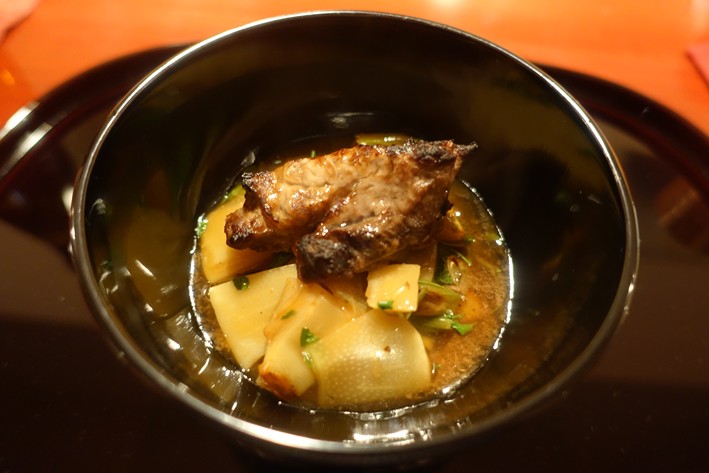
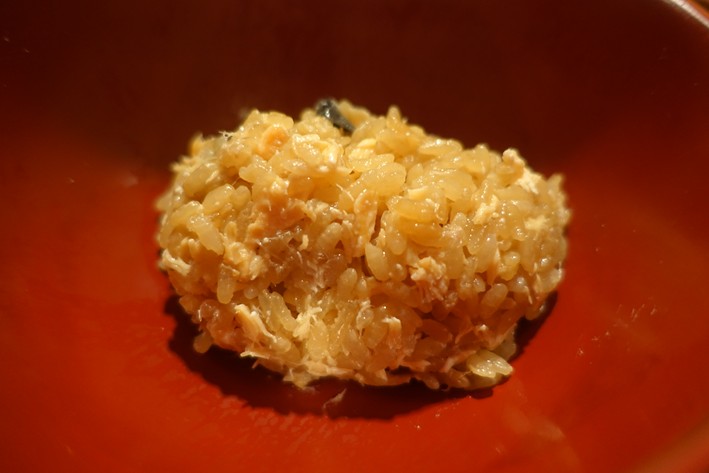
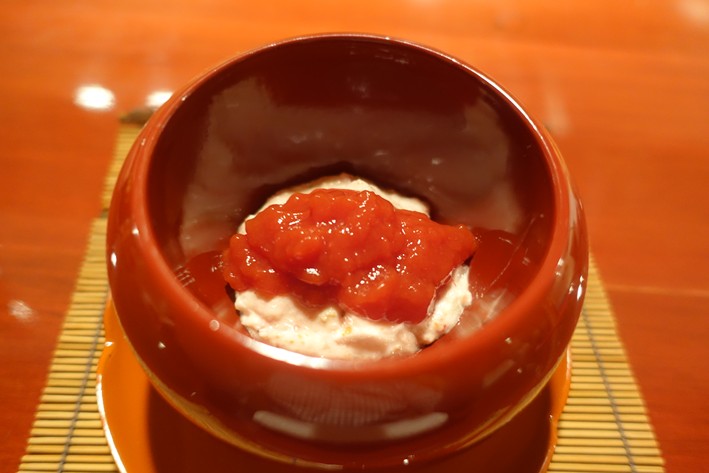
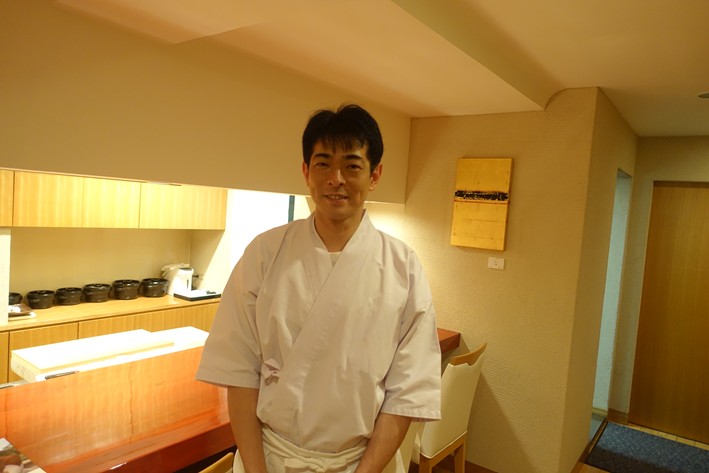
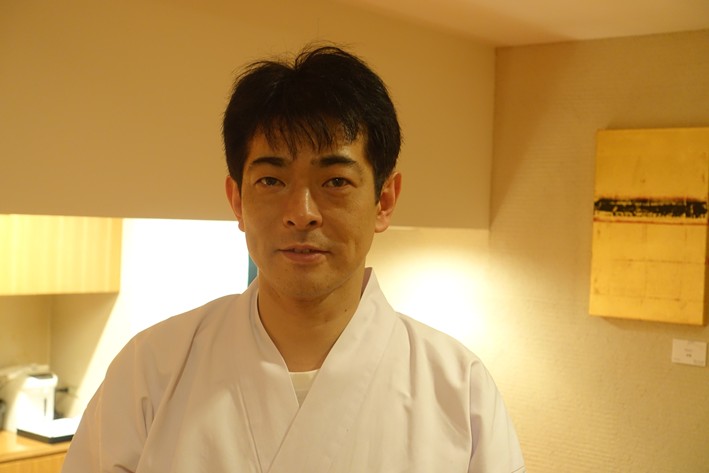

Add a comment
Thank you for submitting your comment, this will be checked and added to the website very soon.
User comments